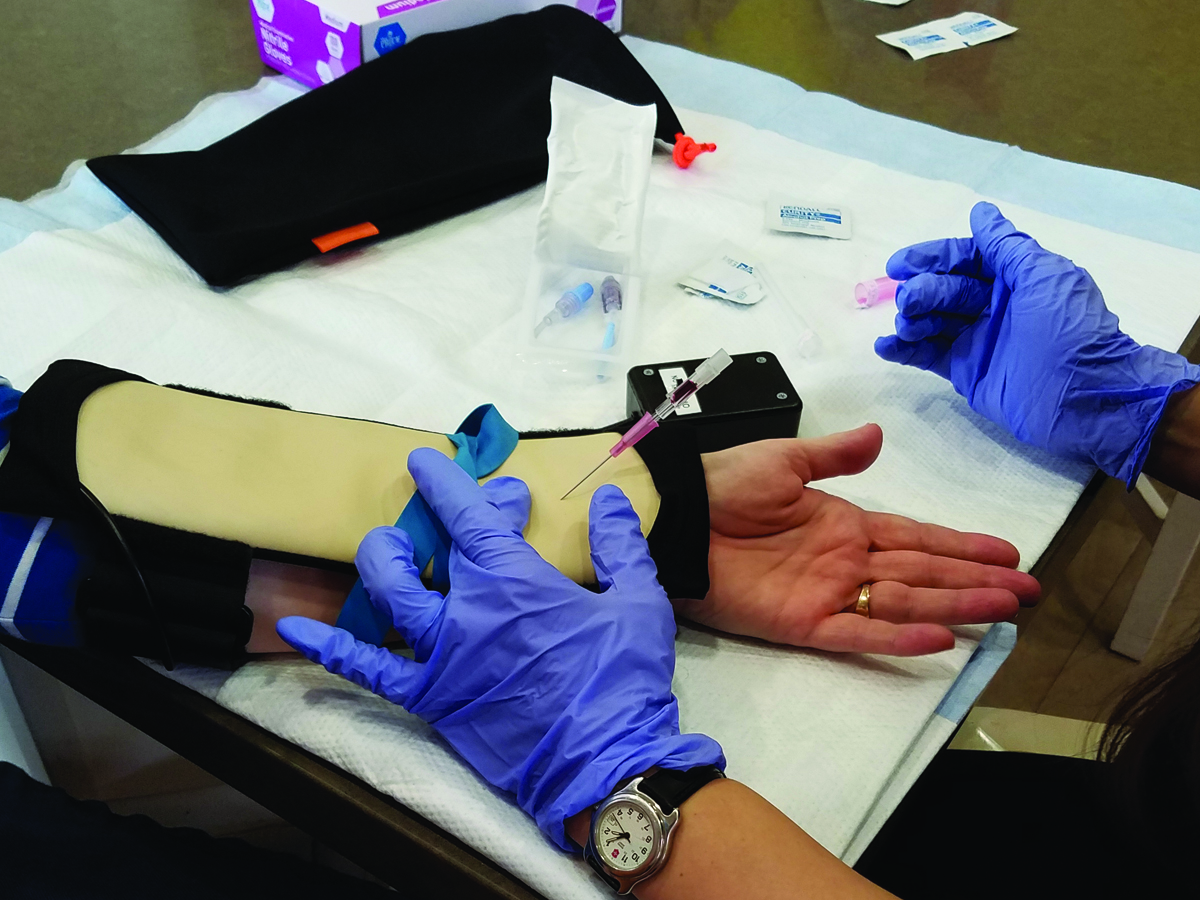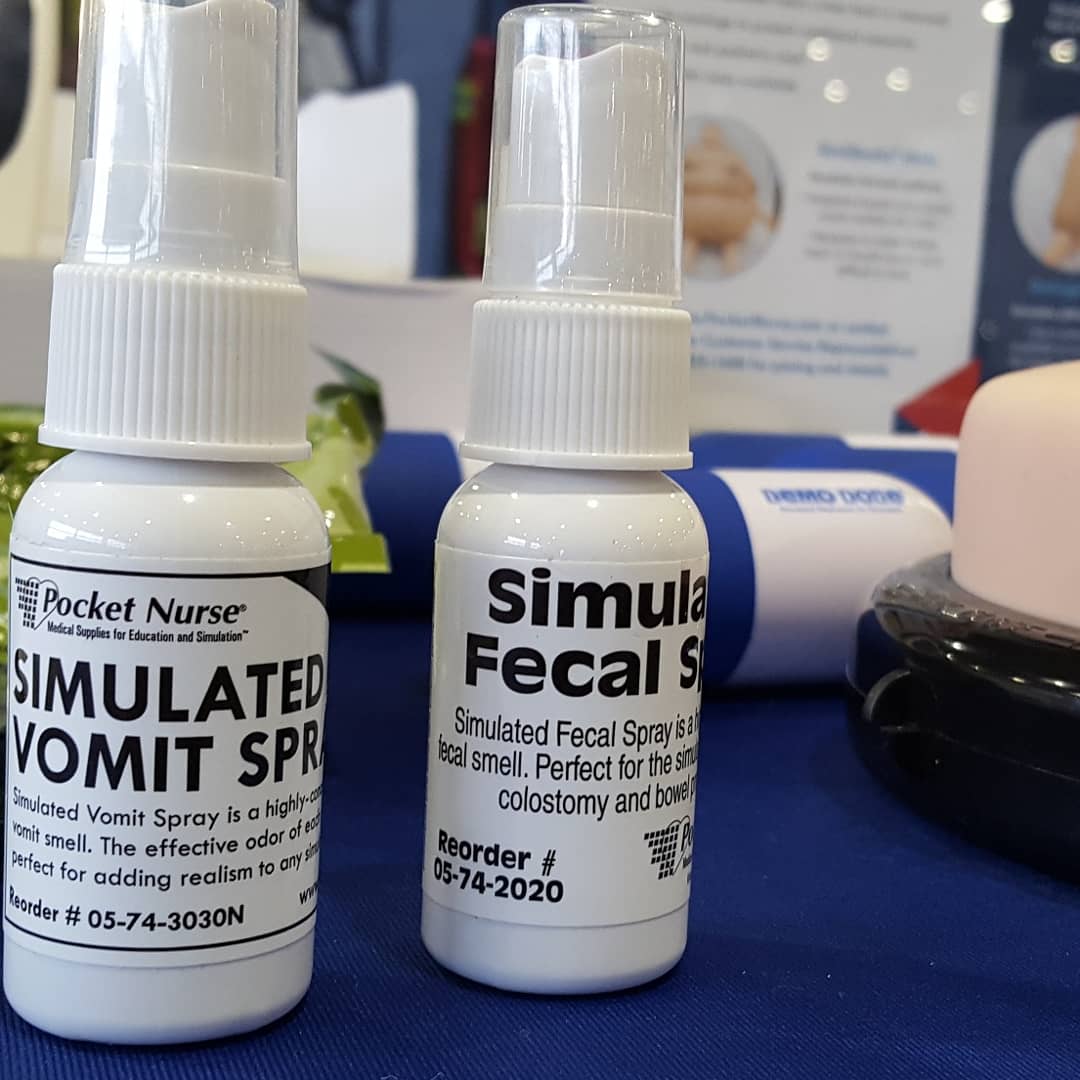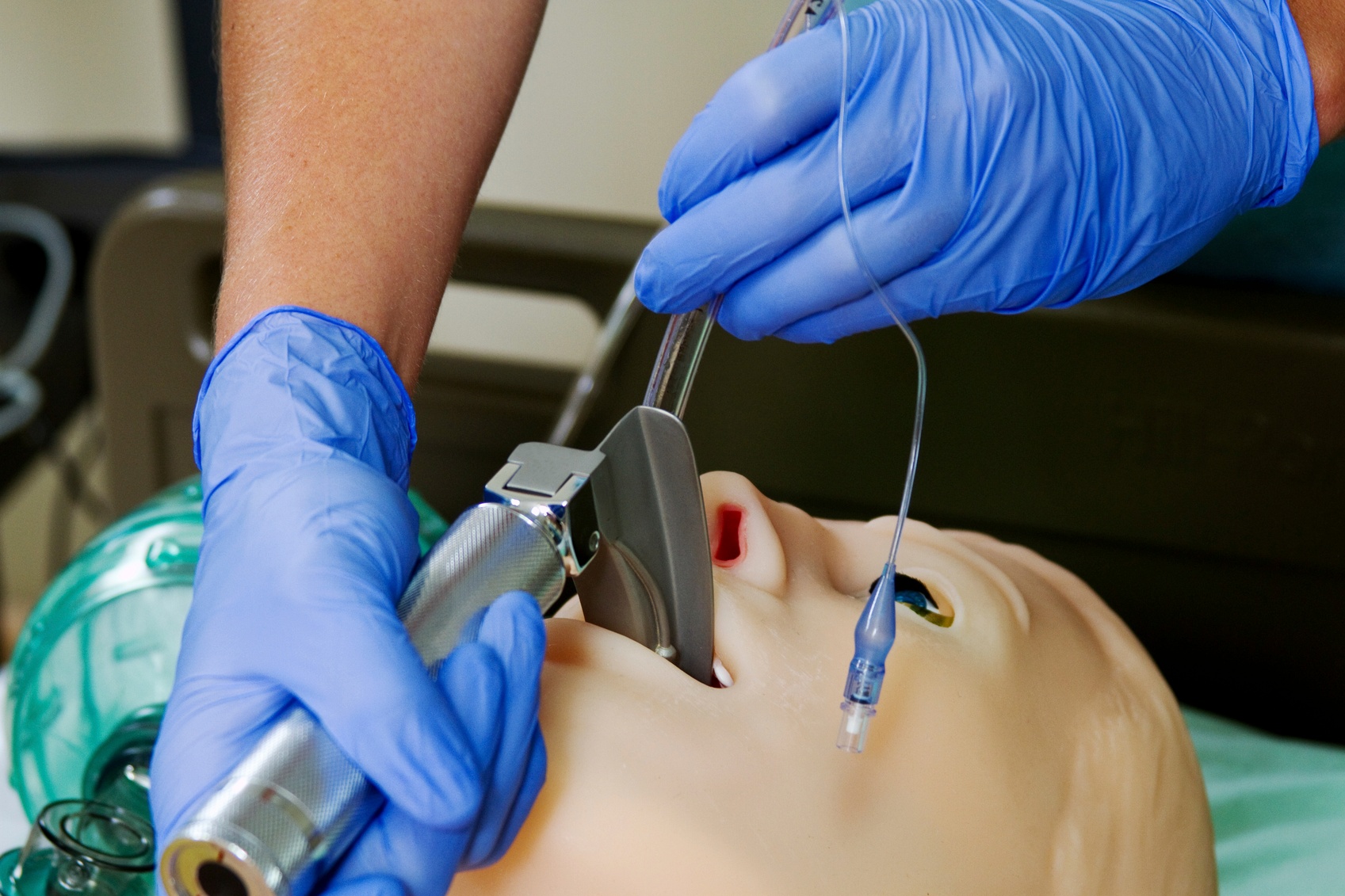
In healthcare simulation education, wearable technology helps students learn certain processes and procedures. Wearable tech can be used with manikins, which can extend their lifetimes by lessening wear and tear, or with standardized participants (SPs). Wearable trainers enhance realism, help develop empathy, and provide visual feedback.

More than any other sense, a person’s sense of smell can instantly invoke a long-forgotten memory. The scent of freshly baked bread can take evoke memories of a grandmother’s kitchen; newly mown grass can make one recall a summer spent as a landscaper.

When entering the realm of simulation education, one of the first decisions an educator has to make is the type of simulation solution she will use. This will depend on several things, including the level of the students and classroom learning objectives.

According to the Society for Simulation in Healthcare (SSIH), simulation education is “the bridge between classroom learning and real-life clinical experience.” (From the SSH About page.) Healthcare simulation, in particular, has four main purposes: Education, assessment, research, and system integration.

The United States is the only developed country in the world where the rate of maternal death is rising. From 1987 to 2015 (the latest year for which numbers are available), the number of reported pregnancy-related deaths has steadily increased from 7.2 per 100,000 live births to 17.2 deaths per 100,000 live births.1











